News
-
 Climate
ClimatePhytoplankton rapidly disappearing from the Indian Ocean
Phytoplankton populations in the Indian Ocean fell 30 percent over the last 16 years largely due to global warming, new research suggests.
-
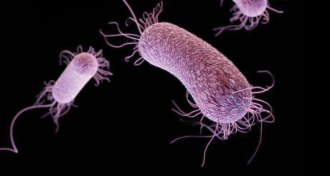 Microbes
MicrobesRandom changes in behavior speed bacteria evolution
Microbes can speed up evolution by changing phenotypes.
-
 Planetary Science
Planetary ScienceComputer simulations heat up hunt for Planet Nine
A giant planet in the far outer solar system could explain orbital oddities of bodies in the fringes of the Kuiper belt.
-
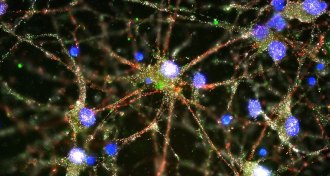 Neuroscience
NeuroscienceImmune system gene leads to schizophrenia clue
Excessive snipping of nerve cell connections may contribute to schizophrenia.
-
 Archaeology
ArchaeologyBabylonians used geometry to track Jupiter’s movements
Babylonians took a geometric leap to track Jupiter’s movements long before European astronomers did.
By Bruce Bower -
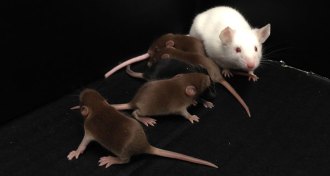 Genetics
GeneticsMice can be male without Y chromosome
Researchers bypass the Y chromosome to make male mice.
-
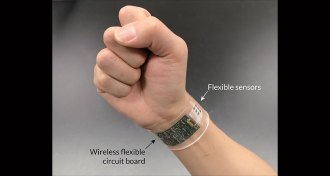 Tech
TechTracking health is no sweat with new device
New all-in-one electronic device can detect and analyze your temperature and four chemicals in your sweat.
By Meghan Rosen -
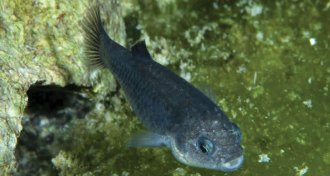 Animals
AnimalsDevils Hole pupfish may not have been so isolated for so long
New genetic study questions Devils Hole pupfish’s supposed history of long isolation.
By Susan Milius -
 Tech
TechOnline reading behavior predicts stock movements
People's current web surfing patterns predict future stock movements. The discovery could help authorities to stabilize financial markets.
-
 Quantum Physics
Quantum PhysicsQuantum histories get all tangled up
Multiple versions of history may be quantum entangled just like particles, a new experiment suggests.
By Andrew Grant -
 Environment
EnvironmentConverted milk proteins clean pollution, strike gold
A new membrane uses sticky amyloid proteins to trap contaminants in water.
-
 Health & Medicine
Health & MedicineRapid spread of Zika virus in the Americas raises alarm
After blazing through Brazil, a mosquito-borne virus called Zika, which may cause birth defects, is now poised to jump to the United States.
By Meghan Rosen